Left 4 Dead 2's AI Director: A Former Valve Dev's Inside Look Remember those Left 4 Dead 2 runs that felt like they were personally designed to break you?
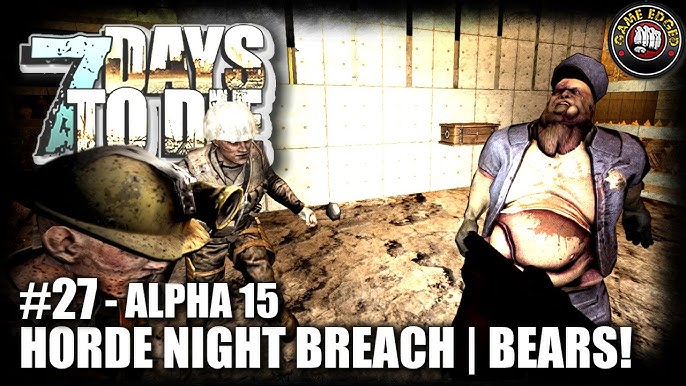
Remember those Left 4 Dead 2 runs that felt like they were personally designed to break you? The ones where you’d swear a horde spawned the exact second you started bandaging? Or when a Tank conveniently showed up to ruin your perfectly executed rescue attempt? As a former playtester at Valve, I spent countless hours getting wrecked in Left 4 Dead 2, and slowly, I began to understand the method to the madness: the AI Director. It wasn't just random zombie placement; it was a carefully orchestrated symphony of chaos designed to keep you on the edge of your seat. Let's dive into how this system works and evolved from the original Left 4 Dead, and how it influences modern games.
The Core Mechanics of the AI Director
The AI Director is the unsung hero of Left 4 Dead 2's replayability, responsible for controlling enemy spawns, item placement, and even the intensity of certain events. But it wasn’t always the sophisticated beast it is today. Let's see how its core mechanics improved over the original Left 4 Dead.
Initial Implementation (Left 4 Dead)
In the original Left 4 Dead, the AI Director was more… predictable. It was essentially a complex flowchart. If the players reached point A, then a horde would spawn. If they lingered too long in area B, then a Hunter would pounce. Experienced players quickly learned these patterns. They knew exactly where to expect the next wave, making the game feel less dynamic over time. You could "game" the system. Honestly, it was more like a sophisticated set of "if/then" statements masquerading as an AI.
Evolution in Left 4 Dead 2
Left 4 Dead 2 took the core concept and cranked it up to eleven. The AI Director evolved, becoming more reactive and nuanced.
Dynamic Difficulty Adjustment
The biggest change was the dynamic difficulty adjustment. The AI Director wasn't just reacting to static triggers; it was constantly monitoring player performance. We tracked "Performance Thresholds" as a hidden "Team Effectiveness" percentage.
- If you were consistently wiping, the AI Director would ease up. Maybe it would subtly reduce the number of zombies in the next area or strategically place a pipe bomb or two.
- If you were breezing through, however, it would crank up the pressure. Expect more Charger and Jockey spawns to split up the team.
This constant adjustment meant that no two playthroughs were ever truly the same. The game adapted to you, creating a more challenging and engaging experience. This focus on Dynamic Game Difficulty Adjustment kept players on their toes, making each run feel fresh.
Special Infected Variety
The AI Director's control over Special Infected went beyond just spawning them. It started making tactical choices based on the environment and player composition.
- Tight corridor? Get ready for a Smoker or Charger to punish your lack of spacing.
- Open area? Hunters and Jockeys became much more prevalent, ready to pick off stragglers.
These spawn preferences were weighted, prioritizing areas considered "choke points" on the map. This forced players to constantly adapt their strategies.
Item Placement
Forget simply finding a weapon lying around. The AI Director in Left 4 Dead 2 dynamically influenced the placement of weapons, ammo, and health packs based on the players' perceived needs. Low on health? Suddenly, pills and first aid kits became more common in the next room. Of course, it wasn't entirely random. The AI Director favored spots that were visible but slightly off the beaten path, rewarding exploration and teamwork.
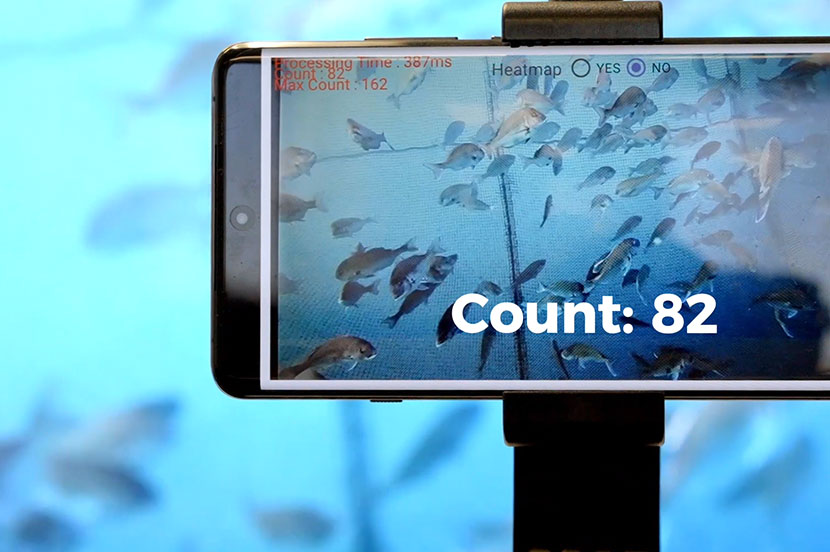
"Panic Events"
Left 4 Dead 2 introduced "Panic Events" – scripted sequences that were dynamically triggered and modified based on the AI Director's assessment of the game state. The concert finale in Dark Carnival is a prime example. If the players were struggling, the AI Director would ramp up the intensity of the fireworks display, adding another layer of visual chaos on top of the already overwhelming horde. It was all about creating a truly memorable, and often terrifying, experience. This created a richer Procedural Content Generation in Games.
Tools and Metrics
We didn't just blindly throw zombies at players and hope for the best. We had tools to monitor and fine-tune the AI Director's behavior. We obsessively tracked metrics like:
- Average Survival Time: How long players lasted on each campaign.
- Special Infected Kill Ratio (broken down by type): To ensure no Special Infected was under or over-performing.
- Medkit Usage Frequency: To gauge the overall difficulty.
- The infamous "Frustration Index," which measured player rage quits per hour (something we really wanted to minimize).
We also used heatmaps to visualize player movement and identify areas where the AI Director's influence felt unfair or predictable. These tools ensured that the game remained challenging but not frustrating, and help maintain players' Replayability in Game Design.
Specific Examples
Here are some in-game moments that perfectly illustrate the AI Director at work:
- The Perfect Ambush: Imagine trying to revive a fallen teammate in a narrow hallway when BAM! A horde of zombies swarms in, perfectly timed to exploit your vulnerability.
- Tank Surprise: You breathe a sigh of relief as you exit the cornfield in Dark Carnival, thinking you're safe... then a Tank bursts through the fence, shattering your illusion of safety.
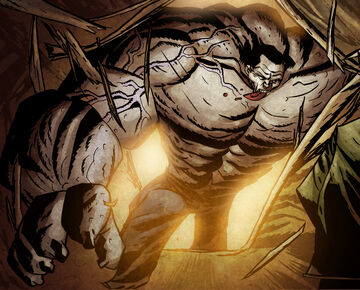
- Strategic Generosity: Right before a massive horde event in the mall level of Dead Center, a grenade launcher appears on a crate, practically begging to be used. It's the AI Director throwing you a bone, knowing you're about to face a serious challenge.
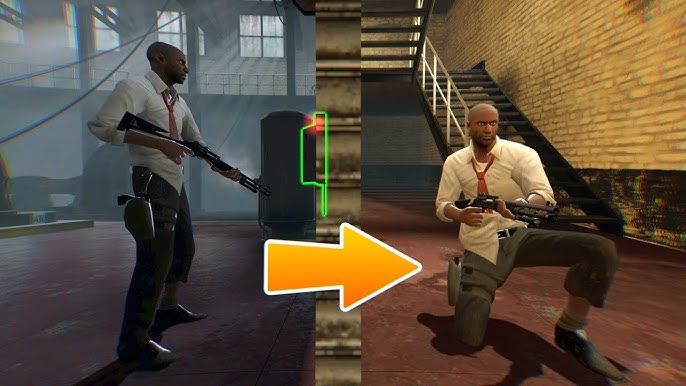
- Concert Chaos: During the Dark Carnival finale, intense fireworks accompany an onslaught of zombies. This adds to the chaos, showing the AI director adapting to player skill level.

Lessons Learned and Modern Applications
Working on Left 4 Dead 2's AI Director taught me some invaluable lessons about game design, especially regarding AI and procedural content generation.
- Player Agency is Key: The AI Director shouldn't feel like it's arbitrarily punishing players. It should feel like a natural consequence of their actions.
- Avoid Predictability: If players can easily predict the AI's behavior, the challenge evaporates. Introduce randomness and nuance to keep them guessing.
- Create Dynamic Experiences: The best AI systems adapt to the player, creating a unique and engaging experience every time.
- Monitor and Visualize: You need to be able to see what your AI is doing and how it's affecting players. Build the tools to do that.
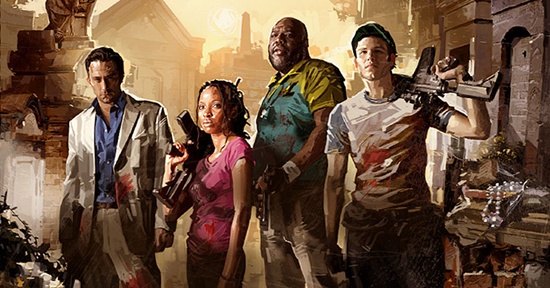
These lessons are still incredibly relevant today. Adaptive difficulty systems in modern roguelikes, AI-driven narrative branches in RPGs, even the way enemies behave in open-world games – they all owe a debt to the work we did on Left 4 Dead 2's AI Director. It's a testament to the power of AI and procedural content generation to create truly unforgettable gaming experiences. These design models highlight AI in Games Examples that should be studied by game designers.
Here are examples of AI directors present in the modern gaming market:
- Adaptive Difficulty in Roguelikes: Games like Hades and Dead Cells use adaptive difficulty to adjust enemy patterns.
- AI-Driven Narrative Branches in RPGs: Games like Detroit: Become Human use an AI director to change the story based on player choices.
- Enemy Behavior in Open World Games: Games like Elden Ring or Breath of the Wild use advanced AI to create more immersive experiences.

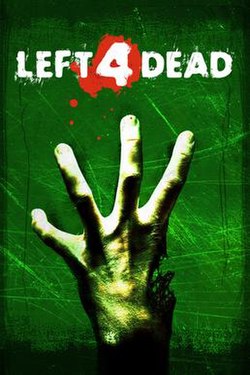
If you want to delve deeper into AI Director Game Design, feel free to check out the GDC archives or the book AI for Games, Third Edition.